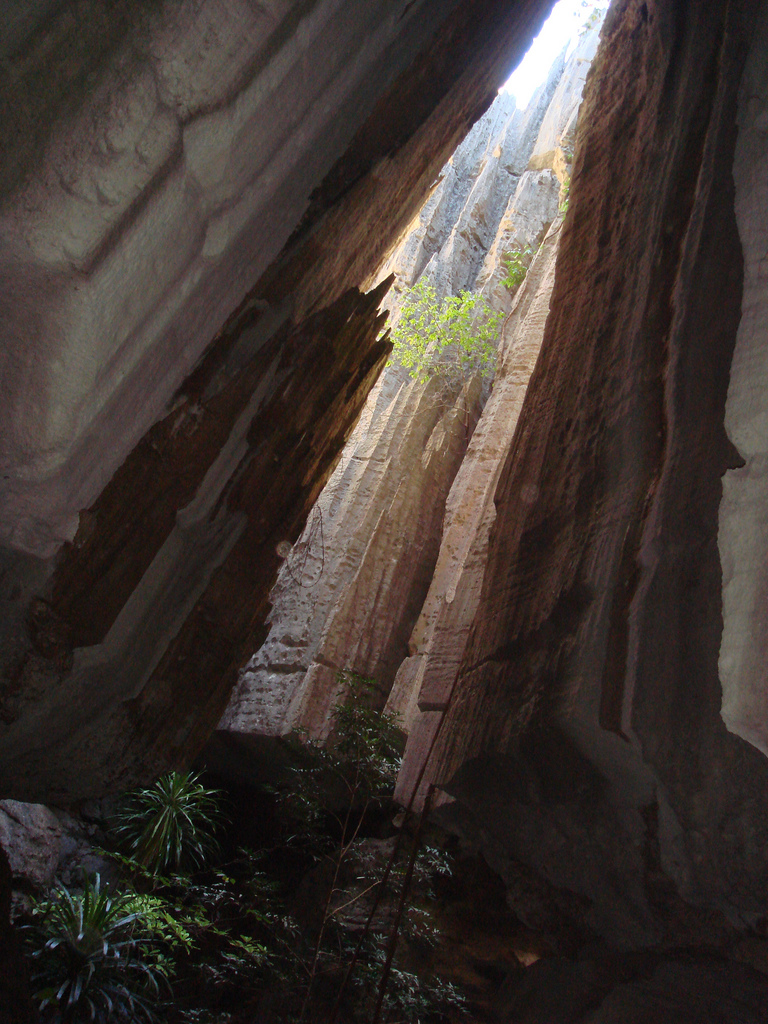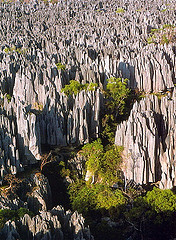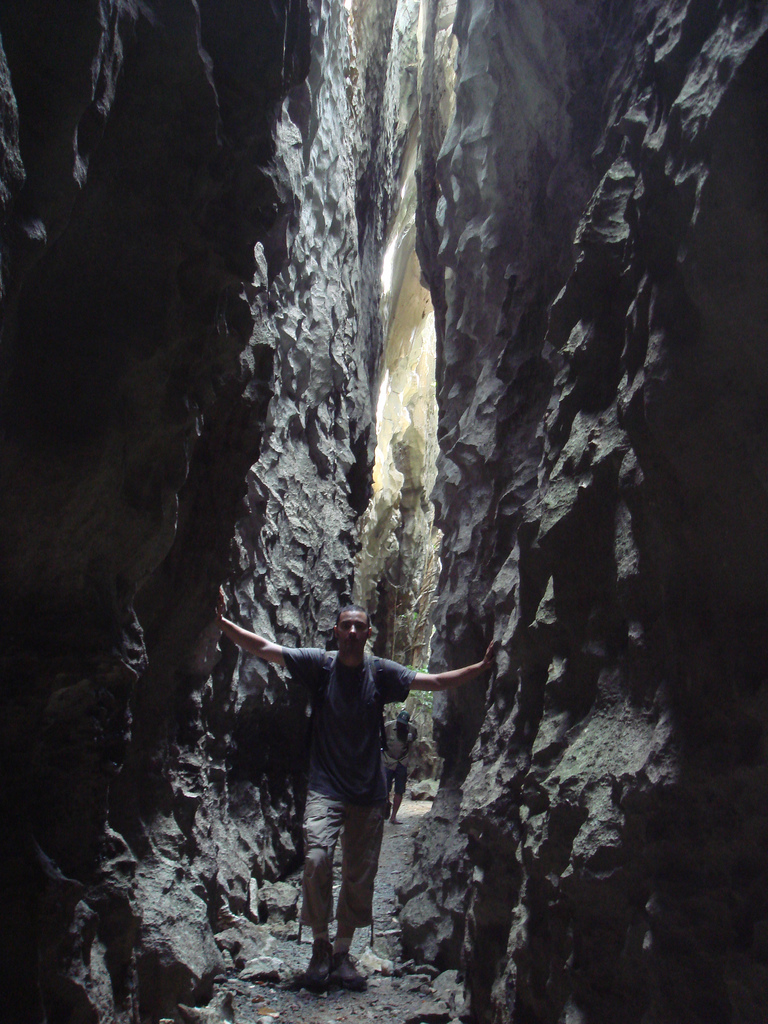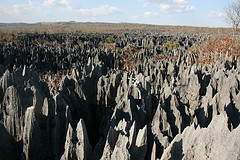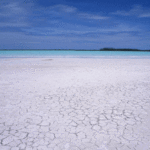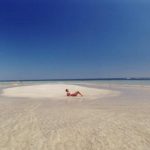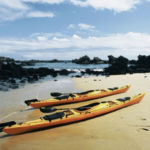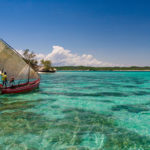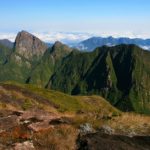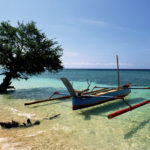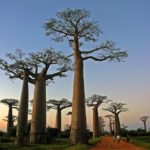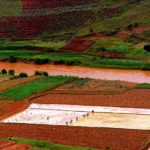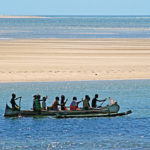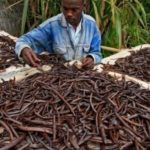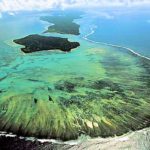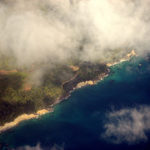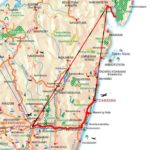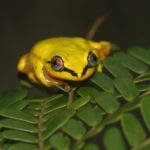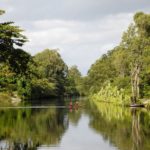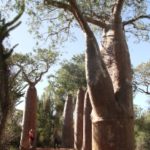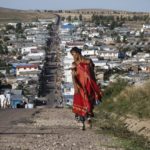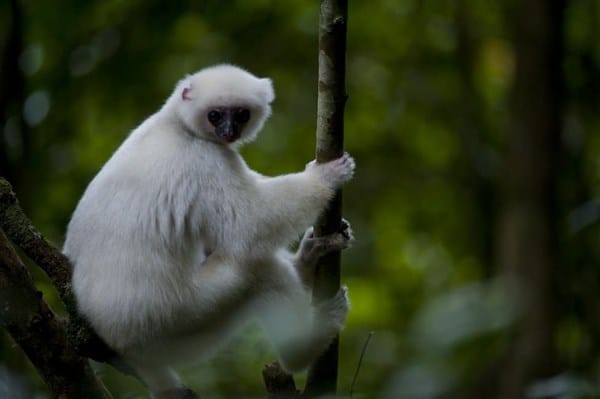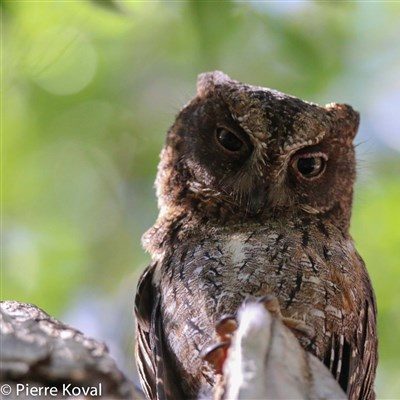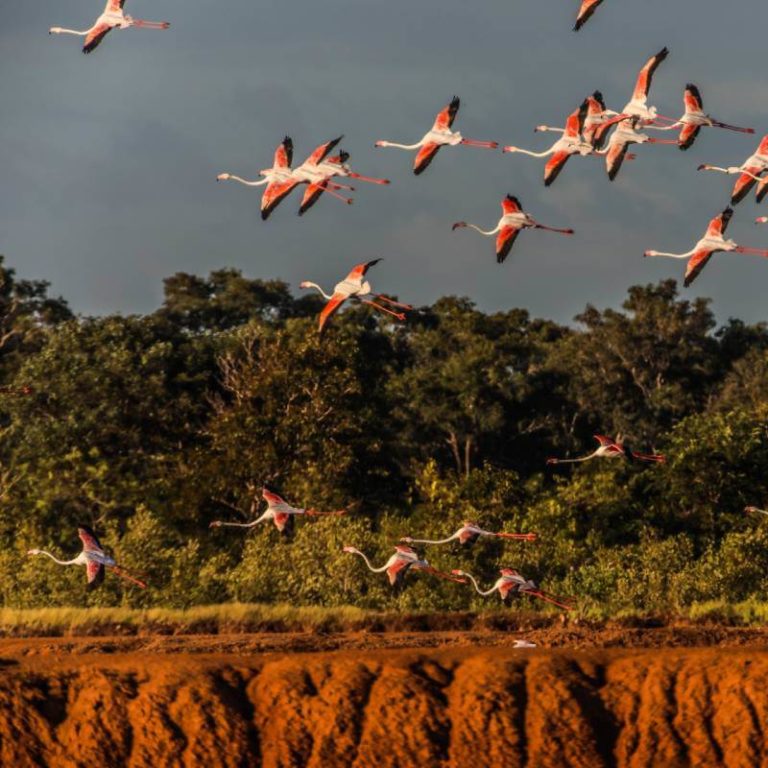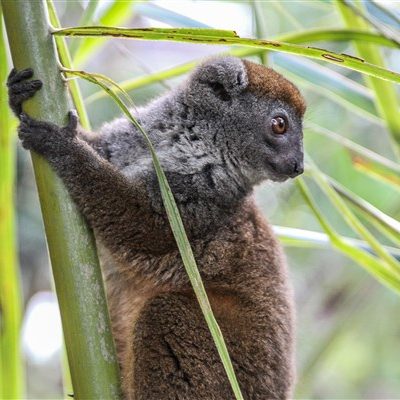Tsingy de Bemaraha and Morondava
You leave Belo-sur-Tsiribihina heading exactly north on an earth track that is passable in the dry season but becomes a slippery slope in the rainy season. It is about 70 kilometers to the ferry at Manambolo. Be prepared for at least 4 hours of driving, if everything goes smoothly - with a four-wheel drive vehicle and a good driver, of course! 45 kilometers north of Belo you will come across the oil prospectors' camp: near the national park, Madaoil has been searching intensively for oil since 2008. Of course, foreign partners are also on board (China and USA). The deposits are not inconsiderable, but it is to be feared that nature will be mercilessly put on the defensive and the profits will flow abroad! Even in the dry season, the route now goes through mud holes on "new" bypass routes around old familiar obstacles, partly in a crawl, partly as an uphill and downhill journey from one depression to the next. Finally, after 100 kilometers, the ordeal comes to an end: You suddenly leave the shade of the trees you just drove through and roll down a sloping dirt road. To the left, numerous children and a few huts bear witness to civilization, then to the right, the waters of the Manambolo glisten before you: a loamy, steep bank under trees, to the right of which and up the river are the steep banks of the Gorges de Manambolo, the southern edge of the Tsingy of Bemaraha.
Tsingy de Bemaraha National Park
When you arrive in the afternoon, the light of the setting sun bathes the craggy rock faces, with the trees and shrubs growing in them, in a magical golden light. The water of the river shimmers darkly and glistens on the surface in countless waves: another place to dream about...
However, for the time being there is no time for dreaming: if you have not booked a hotel on the south bank (Camp Croco) and your hotel is on the north side - and most of them are - this is also the entrance to the national park. So you have to cross the river: for pedestrians by means of a pirogue this is no big deal, for cars it is more. The ferry at Tsiribihina used to look adventurous: a cargo raft tied together, with which the cars were pulled across the river or pushed through the shallow water.
Since 2008, a brand-new, ultra-modern and technically completely oversized ferry with a hydrojet drive (!) has been in operation. How the government got the idea to have such an expensive and complicated behemoth brought here is a mystery. Since you usually have to wait a bit until the boat people are ready, you can meanwhile enjoy an excellent coffee offered by the small hotely on the shore.
On the other side of the river you go up the steep bank and then first to your quarters: the campsite, just to the left with the draw well, is one possibility. On the road that goes to the left (parallel to the river) are several restaurants and simpler bungalow complexes. The more upscale accommodations can be found a bit off the road following the direction of Bekopaka. The village - or rather the small town - is very picturesquely situated at the foot of the Bemaraha mountains. Here you can not only eat well or buy provisions, but on weekends you can also party and dance: then there is a lot going on in the small music halls and bars...
The best hotels, the Relais and the Olympe, are on elevated ground - that is, on hills. With the four-wheel drive car this is no problem! Declared a protected area as early as 1927 and on the UNESCO list of World Heritage Sites since 1990, the Tsingy des Bemaraha National Park, which covers some 150,000 hectares, is one of Madagascar's most remarkable natural wonders. Although not to reach without efforts, the visit is worthwhile in any case. At least 7 species of lemurs, numerous reptiles (found only here), more than 90 species of birds, countless insects and several hundred species of plants: in fact, the entire biodiversity of this unique habitat is still largely unexplored.
After all, with almost 1,000 mm of precipitation per year, Bemaraha is one of a very rain-fed region, which makes an important contribution to the water balance. Actually, only the southern part of the area, covering about 72,000 hectares, is generally accessible. The main entrance is in Bekopaka.
If you plan/intent to visit the northern part, you need a special permission from ANGAP - I can of course organize this! Anyway, the visit of the southern part allows a more than sufficient insight into the breathtaking landscape and requires at least 2 to 3 days! The national park includes not only the Tsingy but also the numerous burial sites at the Manambolo Gorge. The Tsingy have a strong spiritual meaning for the Madagascans: they are considered the home of the spirits of the Vazimba.
A visit to the famous Vazimba tombs on a pirogue ride up the river is as much a part of a visit here as the Tsingy itself. But also note the numerous Fady.
Petit Tsingy
At the small Tsingy the following circuits are offered:
Tantely Circuit: this tour through the small Tsingy, which takes about 2 to 3 hours, may be considered a "get-to-know-you" tour. Also doable for people who are less good on foot, the circuit offers a small insight into the confusing rock labyrinth of the Tsingy and the animals and plants living in it.
Manambolo Circuit: combined excursion, which includes a (moderately difficult) tour of the small Tsingy (with a visit to a magnificent viewpoint on the river) and a pirogue ride up the river. You should plan on 4 to 5 hours and be sure to bring sunscreen and plenty of water! Andadoany Circuit is a moderately difficult and about 3 to 4 hours round trip over 3 kilometers distance through the small Tsingy.
Ankeligoa Circuit: with a distance of about 7 kilometers is significantly longer than the Andadoany-C. is the Ankeligoa-Circuit. You should allow 5 to 6 hours. The circuit includes the attractions of the previous one, but goes much further and requires much more physical condition from the participants.
Grand Tsingy
The real reason for any visit to the National Park is undoubtedly the spectacular large tsingy. The following circuits are offered:
Grand Tsingy Circuit is the shortest of the circuits through the great Tsingy, lasting about 4 hours and covering a distance of about 5 kilometers.
Anjohimanitsy Circuit is with 6 kilometers a day trip or bookable as a two-day tour with overnight stay in the tent. In contrast to the somewhat easier Grand Tsingy circuit, it is only recommended for well-conditioned people: high degree of difficulty!
Andamozavaky Circuit is not quite as difficult as the Anjohmanitsy, but with a distance of almost 7 kilometers also the longest, which can be mastered in one day. As with the two previously mentioned circuits, it is necessary to cope not only with the numerous "chicanes" of the via ferrata, but also with the enormous heat - especially during the midday hours.
Ranotsara Circuit is with about 5 kilometers and 3 to 4 hours a relatively new circular route with spectacular viewpoints. Since it is still little known, it is best to inquire!
Berano Circuit is currently the only circular trail that also touches the northern part of the reserve. With a length of 4 kilometers, it is doable in about 4 hours even by travelers who are less good on foot. However, the approach requires even more time than the other tours: you first drive to the village of Antsalova and then start the walk.

